I first became aware of the importance of digital design while at uni. In class, we studied brands and businesses and their social footprint, and in the various jobs and internships that I had (whoever they were for and whatever their goals), one thing remained constant: I was carefully creating Instagram and LinkedIn posts on Canva, and I loved it!
In a way, my interests and what I did in my spare time blended seamlessly with this type of work. I was already making goofy Instagram posts with polls for my friends, and I was spending so much time online that I knew what the trends were and what got engagement – for my age group at least.
What I didn’t understand then that I do now, is the drivers behind the content; the messages that are being sent and the brand building that’s taking place in what can appear to be a fun, passing post.
Working in digital as a designer at Ardmore still runs in parallel to my life now, if not more so. My Instagram feed, which I look at for enjoyment, inspires my work. And I’m constantly screenshotting and recording posts that strike a chord with me – be it in style, humour, or originality.
To me, digital design and the ads for that space (primarily social media or web), allow for a level of creativity that really pushes past the type of content that brands normally create. Posts can prioritise fun, and with the quick turnover of content, be very of-the-moment. The exposure can be vast, and the results, instant. I enjoy seeing social media comments as they act as immediate feedback and, more often than not, are a good laugh.
Recently, with a rise in software accessibility and the popularity of NFTs, I’ve noticed a huge uptake in 3D art in digital design and social content. In what can be an oversaturated space, this type of content really stands out from the crowd and, for me, has created a grey area between contemporary art and advertisement. Nike is great at this, but so too are small creators, such as @kushlet, @anklovee and @ali.rigby, to name a few. Unsurprisingly, the number of 3D designers are growing, as demand for the content takes off.
I’m intrigued to see where digital design goes next and what new platforms and trends pop up. The challenge of how creatives in the design world tackle content creation and make stand-out work in such a frequently changing and growing landscape isn’t something be to be taken lightly, but it’s definitely exciting!





